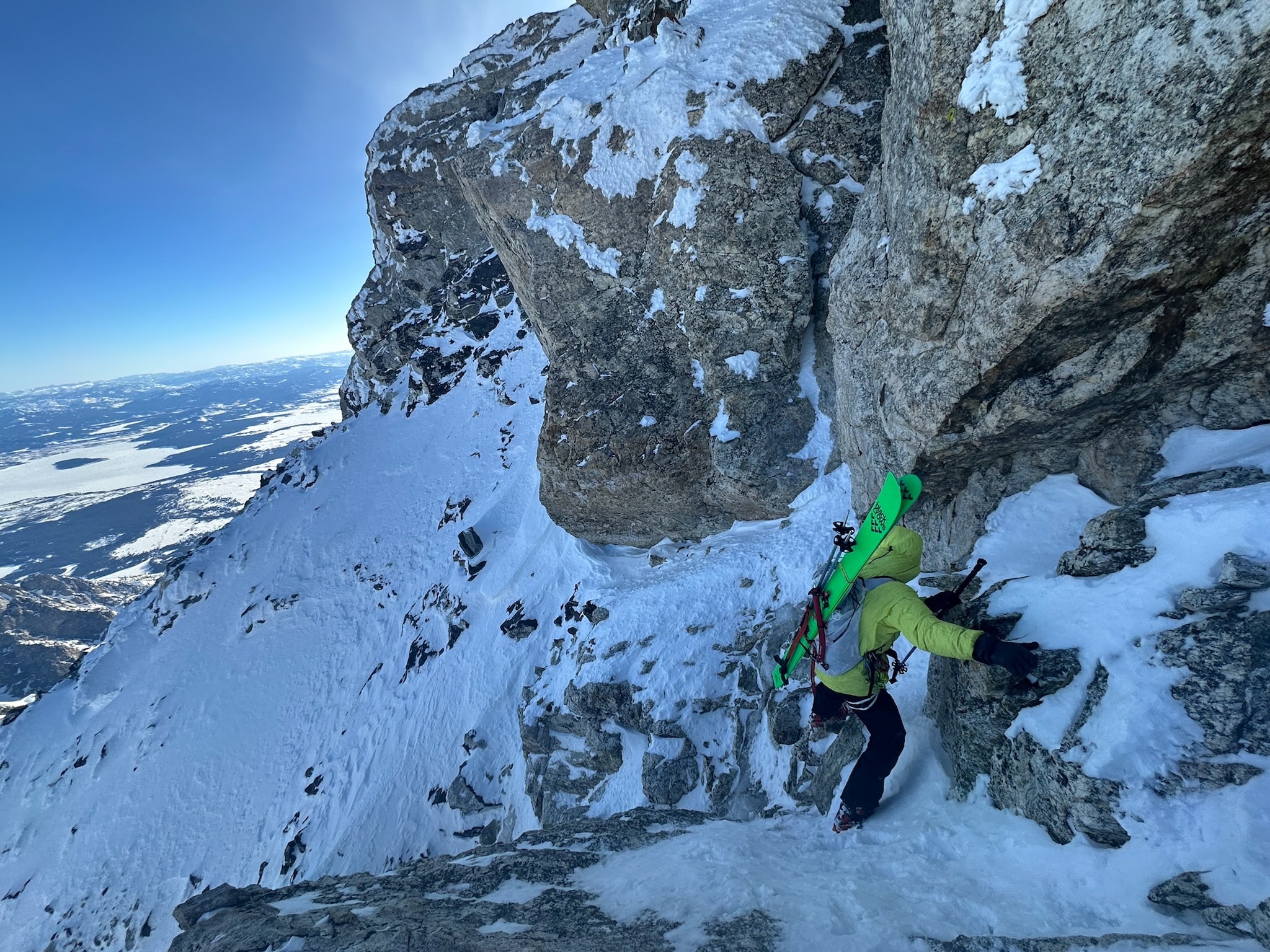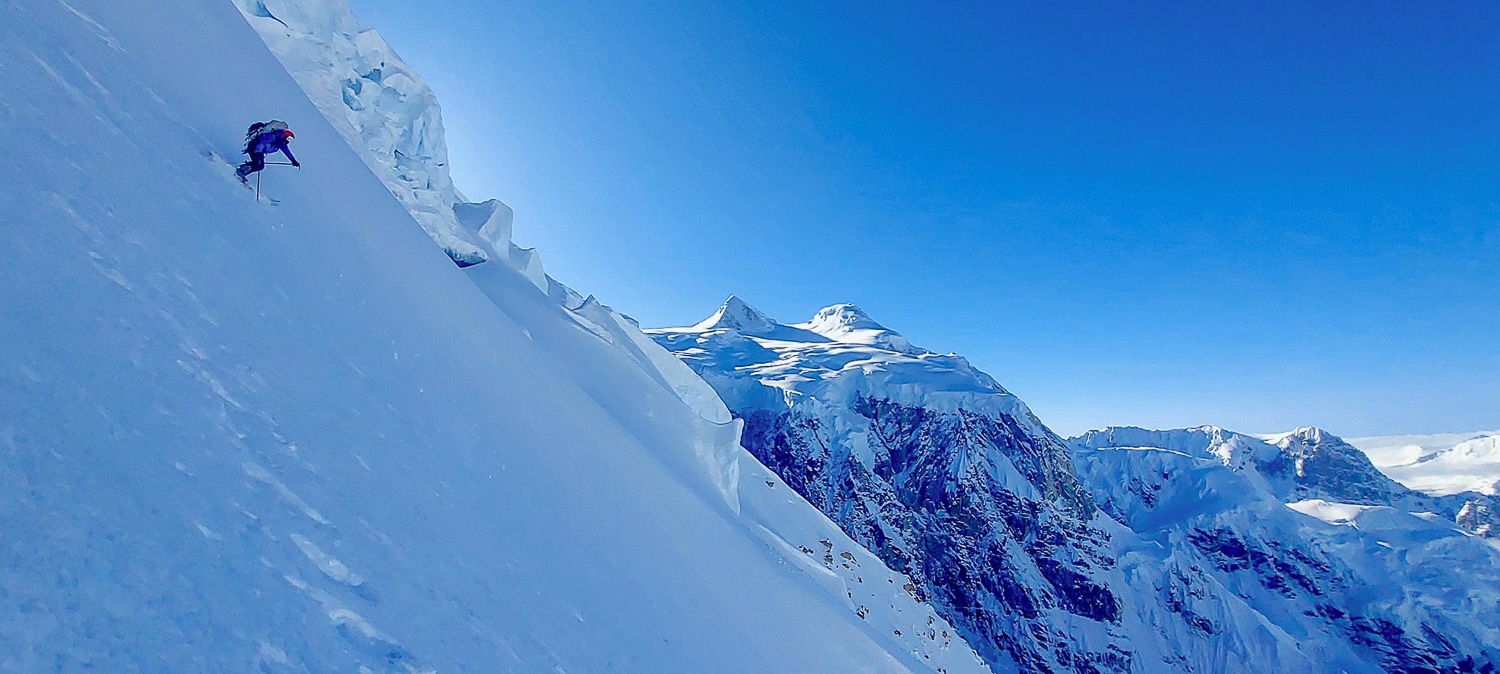Sam Hennessey helps discern how to select the right crampon for the spring ski/ride objective you might have in mind.
Spring can be an exciting season: longer days, safe (er) snowpacks, and a full winter’s worth of fitness can make it an ideal time to get up high and break out of the monotony of low angle powder that often dominates the colder months. Early mornings, sunrise above treeline, standing on summits. What’s not to like? Aside from the inherent hazards in entering this type of terrain, the equipment you bring will change a bit, and consequently, so will the weight of your backpack. There’s a lot of metal stuff out there that you might want to bring along, and it’s a little overwhelming to try and sort through it all. There’s an incredible diversity of gear on offer, and every company has its marketing pitch, whether it’s “designed by a pro” (good luck with that), “guide tested” (who cares?), or “the lightest on the market” (uncomfortable and will break instantly). So how do you choose what to buy and, more importantly, what to bring?






Leave a Reply
You must be logged in to post a comment.